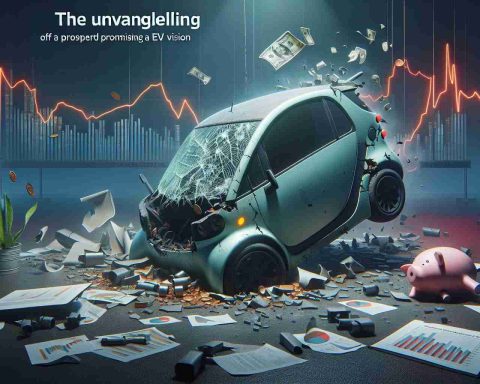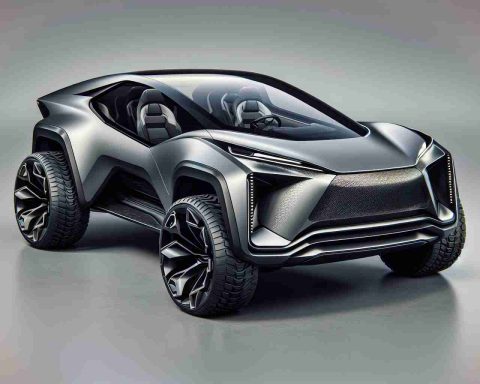Electric Bike Market Insights
The electric bike market is set to experience remarkable growth, with projections suggesting it could soar to USD 150.01 billion by 2033, achieving an attractive CAGR of 10.2%. This surge is primarily fueled by the growing consumer interest in sustainable transportation options, innovation in e-bike technology, and supportive government initiatives aimed at environmentally friendly mobility.
Electric bikes are rapidly becoming the go-to choice for both city commuters and leisure riders, thanks to their user-friendly nature and efficiency. Their rise in popularity is not confined to developed nations; emerging markets are also embracing this electrifying trend. The affordability and sustainability of e-bikes, coupled with significant government incentives, are pivotal to their widespread adoption.
The introduction of new e-bike models featuring enhanced mileage, power, and modern designs is capturing consumer interest. Innovations in battery technology, alongside improved acceleration, are enhancing the overall riding experience.
Government initiatives, particularly in densely populated regions like China and India, are promoting community e-bike programs as cost-effective transportation alternatives. The expansion of electric vehicle infrastructure globally, including charging stations, is further propelling this market.
With the United States leading North America at a 22.1% market share, followed by robust developments in Germany and India, the electric bike market demonstrates a promising pathway toward a greener future, with the pedelec segment leading the way in overall market performance.
The Future of Electric Bikes: Exploring Market Trends and Innovations
The electric bike (e-bike) market is poised for transformative growth, with projections estimating it could reach a remarkable USD 150.01 billion by 2033, reflecting a compound annual growth rate (CAGR) of 10.2%. This expansion is driven by an increasing desire for sustainable transportation options, groundbreaking advancements in e-bike technology, and government initiatives fostering eco-friendly mobility solutions.
Current Market Trends
1. Growing Demand for Sustainability
A significant factor contributing to the e-bike market’s rise is the growing awareness concerning environmental sustainability. Consumers are increasingly favoring e-bikes over traditional vehicles, understanding that e-bikes can significantly reduce carbon footprints and traffic congestion in urban areas.
2. Technological Innovations
Recent innovations in battery technology, such as solid-state batteries and improved lithium-ion designs, have substantially increased e-bike ranges and efficiency. Enhanced features like regenerative braking and smart connectivity are elevating the riding experience and making e-bikes more appealing to tech-savvy consumers.
3. Expansion in Emerging Markets
While e-bikes have gained traction in developed countries, emerging markets such as India, Southeast Asia, and Latin America are rapidly adopting this trend. The affordability of e-bikes, coupled with local government incentives for electric mobility, is fostering significant market growth in these regions.
Pros and Cons of E-Bikes
# Pros:
– Eco-Friendly Transportation: E-bikes produce zero emissions, making them a greener alternative to cars.
– Cost-Effective Commuting: With lower operational costs compared to traditional vehicles, e-bikes save users money in fuel and maintenance.
– Health Benefits: While e-bikes are electrically assisted, they still promote physical activity and can contribute to better health.
# Cons:
– Initial Purchase Cost: High-quality e-bikes can have a steep upfront cost compared to traditional bicycles.
– Battery Dependency: Relying on battery performance can be a drawback, especially if the battery degrades or depletes during rides.
– Regulatory Challenges: Different regions have varying laws regarding e-bike classifications, which can complicate usage and ownership.
Key Features Driving E-Bike Adoption
1. Enhanced Mileage and Power: New models on the market exhibit advances in battery life, allowing for longer rides without the need for recharging—a crucial feature for long-distance commuters.
2. Sleek Designs and Customization: Manufacturers are focusing on aesthetics and ergonomics, creating appealing designs that cater to consumer preferences, including options for customization.
3. Smart Features: Integration of smart technology in e-bikes, such as GPS tracking, fitness metrics, and mobile app connectivity, is making rides safer and more enjoyable.
Potential Security Aspects
As with any growing technology, security remains a priority. E-bikes can be targets for theft, and manufacturers are increasingly incorporating locking systems and tracking devices to safeguard investments. Consumer awareness regarding theft prevention methods, including lock types and secure storage practices, is also essential.
Pricing Insights
E-bike prices can range significantly, depending on the features and technologies integrated into them. Basic models may start around USD 500, while high-end models equipped with the latest technology can exceed USD 5,000. As competition increases within the market, consumers can expect more affordable options without compromising quality.
Future Predictions
With the continuing push towards sustainable transportation and the increasing focus on urban mobility solutions, the e-bike market is set to flourish. Innovations such as autonomous e-bikes and integration with smart city infrastructure are on the horizon, suggesting that the future of e-biking will not only be about individual transportation but also about enhancing urban mobility as a whole.
The electric bike market is transitioning from a niche alternative to mainstream transportation. As manufacturers race to outdo one another with technological advancements and design features, the consumer’s choice will also shape the future trajectory of this vibrant industry.
For more insights on the electric bike market, visit Electric Bike.













